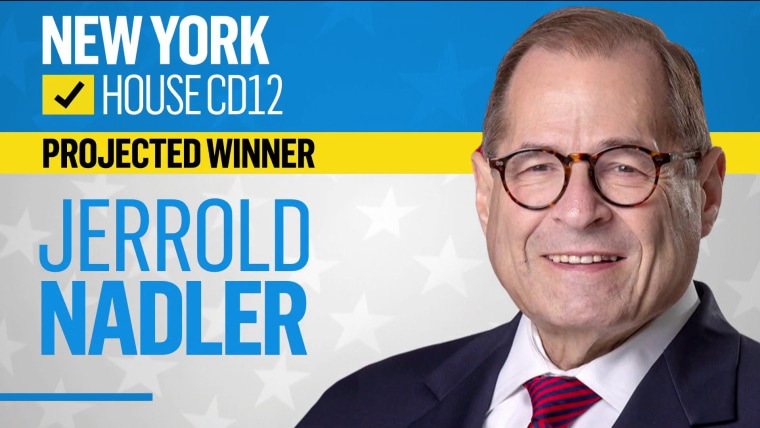Dear Commons Community,
The sworn affidavit that prosecutors used to request a federal judge to let them search Donald Trump’s Mar-a-Lago residence earlier this month was released yesterday. According to the document;
“There is probable cause to believe that additional documents that contain classified NDI or that are Presidential records subject to record retention requirements currently remain at the PREMISES [Mar-A-Lago]. There is also probable cause to believe that evidence of obstruction will be found at the PREMISES,” the heavily redacted, 38-page affidavit reads.
NDI refers to National Defense Information ― a category of documents considered highly sensitive.
The Department of Justice’s proposed redactions, and reasons for those redactions, were also released. As reported by several media outlets.
The affidavit, filed by an FBI agent from the Washington, D.C., office with training in “counterintelligence and espionage investigations,” says that the agency was brought in to investigate by the National Archives after officials there found that 15 boxes retrieved from Mar-a-Lago earlier this year included highly classified material.
“Of most significant concern was that highly classified records were unfoldered, intermixed with other records, and otherwise unproperly [sic] identified,” the FBI agent wrote.
The FBI did a preliminary review of the material in those boxes and found documents with classification markings in 14 out of the 15, the special agent wrote, describing the documents using a string of acronyms referring to classified material and “FPOTUS” for former President Trump:
“A preliminary triage of the documents with classification markings revealed the following approximate numbers: 184 unique documents bearing classification markings, including 67 documents marked as CONFIDENTIAL, 92 documents marked as SECRET, and 25 documents marked as TOP SECRET. Further, the FBI agents observed markings reflecting the following compartments/dissemination controls: HCS, FISA, ORCON, NOFORN, and SI. Based on my training and experience, I know that documents classified at these levels typically contain NDI. Several of the documents also contained what appears to be FPOTUS’s handwritten notes.”
The categories include HSC, which refers to “intelligence information derived from clandestine human sources,” and NOFORN, which means that material is not to be released to any foreign governments or nationals.
The agent then quotes from a June 8 letter from the Department of Justice to Trump’s lawyers that said the classified material was not being securely controlled.
“They have not been handled in an appropriate manner or stored in an appropriate location. Accordingly, we ask that the room at Mar-a-Lago where the documents had been stored be secured and that all of the boxes that were moved from the White House to Mar-a-Lago (along with any other items in that room) be preserved in that room in their current condition until further notice,” the letter read.
Much of the text of the affidavit is entirely blacked out to protect the names of investigators, witnesses and investigative techniques. The entirety of Pages 24 through 28 is just black lines, except for paragraph numbers and a subheading: “There is probable cause to believe that documents containing classified NDI and presidential records remain at the premises.”
DOJ prosecutors filed the redacted affidavit at the federal courthouse in West Palm Beach, Florida, late Friday morning after Magistrate Judge Bruce Reinhart ruled on Thursday that he had accepted the redactions prosecutors proposed to the affidavit as “narrowly tailored to serve the government’s legitimate interest in the integrity of the ongoing investigation and are the least onerous alternative to sealing the entire affidavit.”
An hour after the release of the affidavit, an angry Donald Trump posted a message on his social media network attacking the FBI, the Justice Department and the judge in the case.
“Affidavit heavily redacted!!! Nothing mentioned on ‘Nuclear,’ a total public relations subterfuge by the FBI & DOJ, or our close working relationship regarding document turnover – WE GAVE THEM MUCH. Judge Bruce Reinhart should NEVER have allowed the Break-In of my home,” he wrote on Truth Social. The former president has publicly demanded the release of the unredacted affidavit but did not make that request in court.
The former president has publicly demanded the release of the unredacted affidavit but did not make that request in court.
FBI agents searched Trump’s tennis and social club in Palm Beach on Aug. 8 and took away boxes of material, including 11 packets of classified documents. Among that set was a batch labeled with the highest classification markings, meant for review only in secure government facilities.
Trump, who had already been attacking the FBI and prosecutors for investigating his actions on and leading up to the Jan. 6, 2021, Capitol insurrection has ramped up criticism of law enforcement since then.
His followers have responded by threatening FBI agents and the Department of Justice, and one Trump supporter was killed in a shootout with police after he tried to attack the FBI’s Cincinnati field office.
In addition to the federal criminal investigations, a Georgia prosecutor is separately investigating Trump and his allies’ attempts to coerce state officials into falsely declaring him the winner in that state.
Trump, despite losing the election by 7 million votes nationally and 306-232 in the Electoral College, became the first president in more than two centuries of elections to refuse to hand over power peacefully. His incitement of the Jan. 6 assault on the Capitol — his last-ditch attempt to remain in office ― killed five, including one police officer, injured another 140 officers and led to four police suicides.
Nevertheless, Trump remains the dominant figure in the Republican Party and is openly speaking about running for the presidency again in 2024.
Trump is an embarrassment to himself, the GOP, and the country!
Tony





:quality(70)/cloudfront-us-east-1.images.arcpublishing.com/tronc/UMBWEIHCZFHT7MOIDT235JX6FA.JPG)

:quality(70)/cloudfront-us-east-1.images.arcpublishing.com/cmg/22KPOSCGBFBVVDHEDBSSZNLQVM.png)


